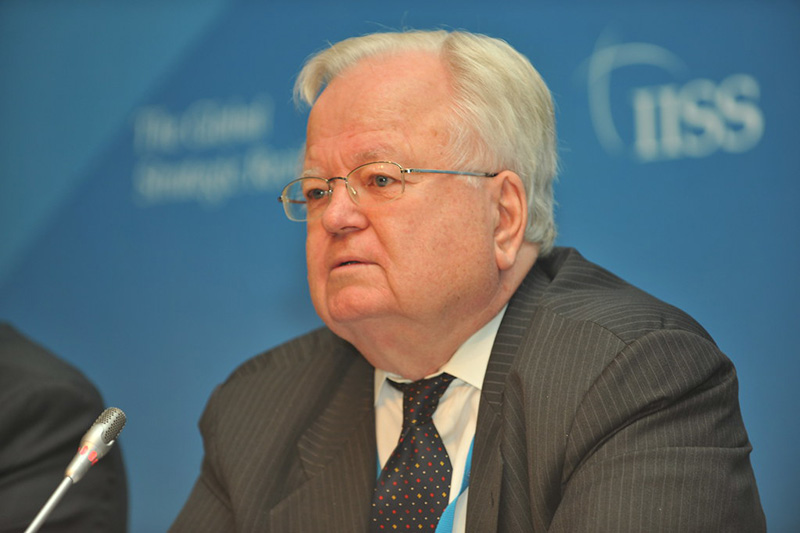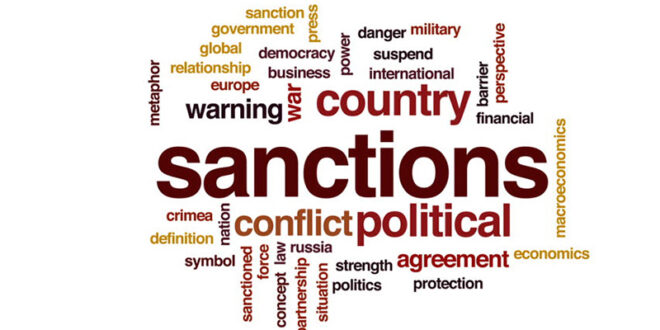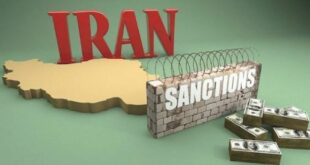The Art of Sanctions – Preface: This book seeks to fill that niche, largely by focusing on the Iran case of recent memory…
Mauood’s Introduction: The author of the present book (The Art of Sanctions) is Richard Nephew. Richard Nephew was in charge of the sanctions team against Iran during Obama’s second term. He supported the nuclear negotiators in the matter of sanctions in Vienna. Richard Nephew has previously served for ten years as an Iran member of the National Security Council at the White House and as Deputy Secretary of State for Coordination of Sanctions at the State Department. The book is also translated into Persian by the Iranian Parliamentary Research Center (IPRC).
Note: The content of this book is not approved by us and is published solely to familiarize policymakers with the views, approaches, and methods of the designers of sanctions against Iran.
Preface
This is a book about the use of sanctions in foreign policy, written by a practitioner largely for practitioners and those operating in foreign policy more generally. It puts sanctions in the context of overall foreign policy strategy and uses terms that have been deliberately chosen for their visceral nature, such as pain and tolerance.
It frames sanctions not in absolute terms of what works and what does not, but rather with respect to which critical questions must be answered and what information must be gathered prior to embarking on a sanctions campaign and how sanctions should be structured on the basis of those context-specific answers. Importantly, this book is intended to give those people whose careers and interest touch on the practical execution of foreign policy a mental framework for considering whether, when, and how to apply sanctions.
It is designed to spell out the issues that sanctioners must confront. And it makes a case for a degree of humility in the design of sanctions, accepting that successful sanctions campaigns may be iterative, incremental activities of trial and error that are disconnected from the ivory tower of sanctions theory.
To that end, this book is not a rigorous, model-based examination of sanctions cases throughout history. There are books that offer exactly this kind of analysis, and I’d encourage those interested in such an analysis to dive in. One exemplary book on sanctions—now in its third edition—is Gary Hufbauer, Jeffrey Schott, and Kimberly Ann Elliot’s Economic Sanctions Reconsidered. This book describes in terrific detail the nature of sanctions regimes stretching back through history and their overall impact in achieving the strategy that was pursued.
It also offers clear lessons about the future conduct of sanctions and what combina-tions of tools may prove most effective in sanctions programs to come. Richard Pape’s oft-cited article in International Security, “Why Economic Sanctions Don’t Work,” approaches the issue in a similar way.
Similarly, his subsequent conversation with David Baldwin, also printed in International Security, is particularly useful in spelling out the application of sanctions pressure in the past and raising questions about measures of success. Likewise, other books address at some length the value of sanctions in economic statecraft, such as David Baldwin’s seminal Economic Statecraft and Dan Drezner’s The Sanctions Paradox.
Robert Blackwill and Jen Harris’s more recent War by Other Means and Juan Zarate’s Treasury’s War address these issues and reflect on some of the same cases presented here. These are just a few of the hundreds of books and articles written in the past few decades that seek to tackle the central question of “do sanctions work and how?”

Each of these works helps to inform the debate on sanctions, their effectiveness, and their place in modern statecraft. But what I hope to present in this book is an appraisal of more basic factors—how sanctions impose pain, how pain works, how pain translates into action on the part of the recipient, how resolve works, how it is communicated, and how it influences the outcome of a sanctions effort—in conjunction with the over-arching question of how sanctions ought to be configured in order to fit, complement, and support a broader national strategy to address a particular problem.
This book seeks to fill that niche, largely by focusing on the Iran case of recent memory.
My perspective is that of a policymaker whose career centered on the design and application of sanctions against Iran in response to its development of a nuclear program that the United States believed could—if not would—result in Iran’s acquisition of nuclear weapons. I am biased in support of the contention that sanctions played a major part in changing Iran’s approach to the negotiations around its nuclear program, and I defend the subsequent nuclear deal with Iran as an acceptable quid pro quo for sanctions removal.
At the time of this writing, that nuclear deal still holds, though it may be subject to intensified strains as the Trump administration further solidifies its Iran policy and the Middle East continues along its turbulent course. I hope to shed some light on how sanctions policymakers think about these problems, how they work to implement strategies to confront them, where we have gone right and gone wrong, and what may come.
Despite the wealth of academic research on them, sanctions programs continue to be developed that fail to achieve their fundamental goals. Thus it is worth focusing again on basic questions: What are sanctions meant to do, and how do they relate to the basics of human interaction? The book’s title gets to this idea. Though scientific examination of some elements of sanctions imposition is warranted, I believe sanctions design will likely remain an art form, requiring flexibility, adaptability, and intuition as much as rigorous consideration of mathematical abstractions.
At its heart, this book focuses on people and how they react to pressure. It offers suggestions about how to ensure that these reactions are consistent with the interests of the pressing party.
It concentrates on the relationship that exists between a state’s application of pain against another state via sanctions to achieve a defined objective and the readiness of sanctions targets to resist, tolerate, or overcome this pain and pursue their own agendas.
It seeks to demonstrate that this relationship is critical for making any determination as to the effectiveness of sanctions as an implement of strategy. And it also highlights the importance of focusing on sanctions design, not just to evaluate how measures can be targeted but also to decide whether the application of sanctions will be at all useful, regardless of how craftily employed.
Read The Art of Sanctions – Mouood’s Introduction
Read The Art of Sanctions – Part 2
 Mouood Mouood English Edition
Mouood Mouood English Edition




